There are various surface treatments that can be used for CNC machined steel parts depending on the specific requirements and desired finish. Below are some common surface treatments and how they work:
1. Plating:
Plating is the process of depositing a thin layer of metal on the surface of the steel part. There are different types of plating, such as nickel plating, chrome plating, zinc plating, silver plating and copper plating. Plating can provide a decorative finish, enhance corrosion resistance, and improve wear resistance. The process involves immersing the steel part in a solution containing ions of the plating metal and applying an electrical current to deposit the metal on the surface.
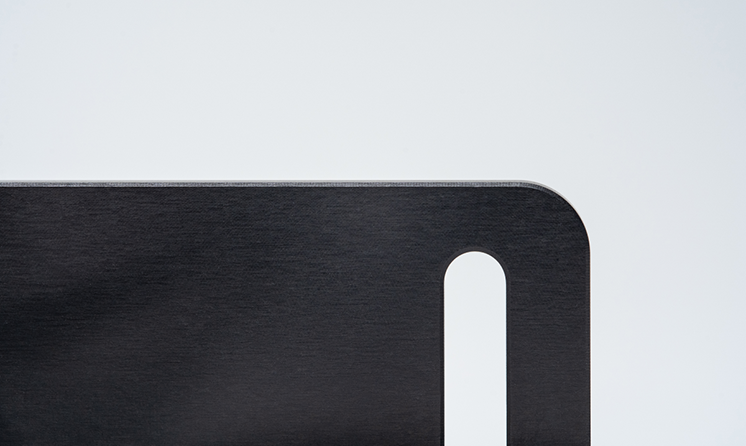
Black(Black MLW)
Similar to: RAL 9004,Pantone Black 6
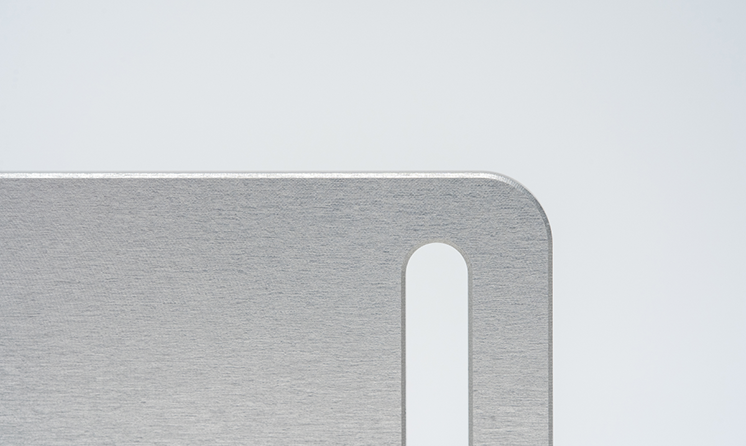
Clear
Similar: depends on material

Red (Red ML)
Similar to: RAL 3031,Pantone 612

Blue (Blue 2LW)
Similar to: RAL 5015,Pantone 3015

Orange (Orange RL)
Similar to: RAL 1037,Pantone 715

Gold(Gold 4N)
Similar to:RAL 1012, Pantone 612
2. Powder Coating
Powder coating is a dry finishing process that involves applying a dry powder to the surface of the steel part electrostatically and then curing it in an oven to create a durable, decorative finish. The powder is made up of resin, pigment, and additives, and comes in a range of colors and textures.
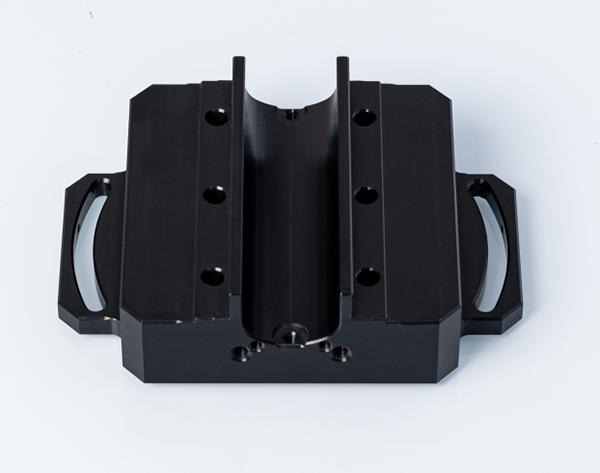
3. Chemical Blackening/ Black oxide
Chemical blackening, also known as black oxide, is a process that chemically converts the surface of the steel part into a black iron oxide layer, which provides a decorative finish and enhances corrosion resistance. The process involves immersing the steel part in a chemical solution that reacts with the surface to form the black oxide layer.
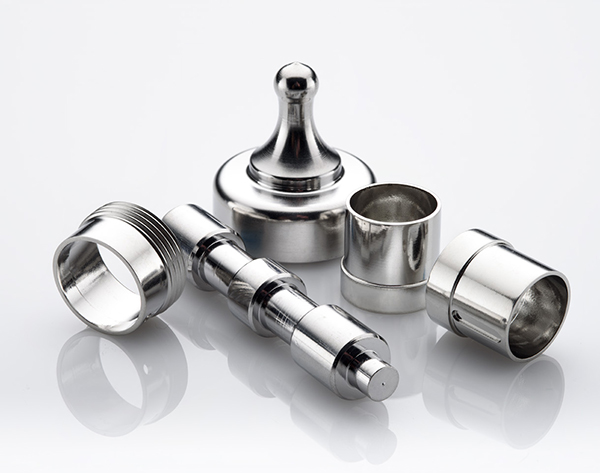
4. Electropolishing
Electropolishing is an electrochemical process that removes a thin layer of metal from the surface of the steel part, resulting in a smooth, shiny finish. The process involves immersing the steel part in an electrolyte solution and applying an electrical current to dissolve the surface layer of the metal.
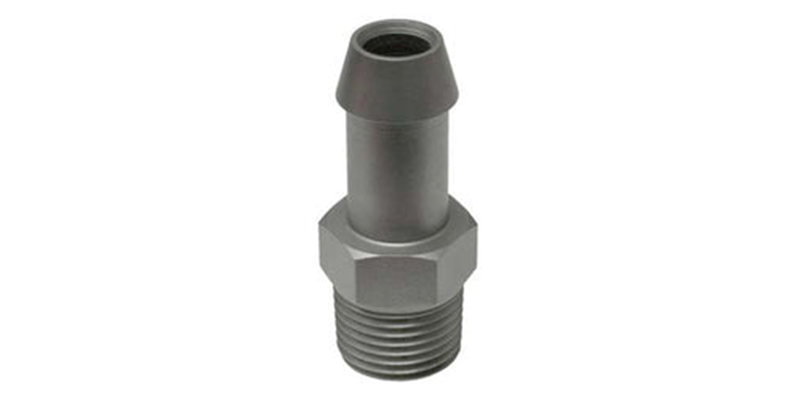
5. Sandblasting
Sandblasting is a process that involves propelling abrasive materials at high speeds to the surface of the steel part to remove surface contaminants, smooth rough surfaces, and create a textured finish. The abrasive materials can be sand, glass beads, or other types of media.
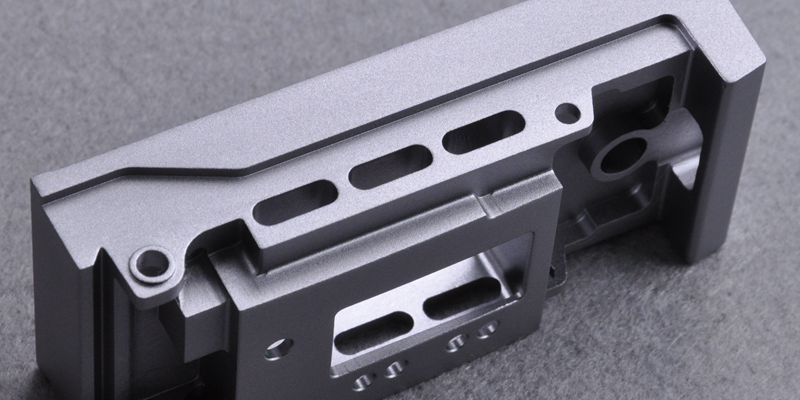
6. Bead blasting
Bead blasting adds a uniform matte or satin surface finish on a machined part, removing the tool marks. This is used mainly for visual purposes and comes in several different grits which indicate the size of the bombarding pellets. Our standard grit is #120.
|
Requirement |
Specification |
Example of a bead blasted part |
|
Grit |
#120 |
|
|
Color |
Uniform matte of raw material color |
|
|
Part masking |
Indicate masking requirements in technical drawing |
|
|
Cosmetic availability |
Cosmetic on request |
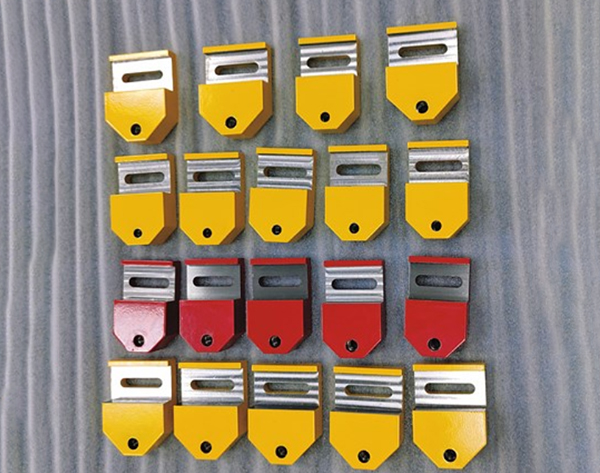
7. Painting
Painting involves applying a liquid paint to the surface of the steel part to provide a decorative finish as well as enhance corrosion resistance. The process involves preparing the surface of the part, applying a primer, and then applying the paint using a spray gun or other application method.
8. QPQ
QPQ (Quench-Polish-Quench) is a surface treatment process used in CNC machined parts to increase wear resistance, corrosion resistance, and hardness. The QPQ process involves several steps that transform the surface of the part to create a hard, wear-resistant layer.
The QPQ process starts with cleaning the CNC machined part to remove any contaminants or impurities. The part is then placed in a salt bath containing a special quenching solution, typically consisting of nitrogen, sodium nitrate, and other chemicals. The part is heated to a temperature between 500-570°C and then rapidly quenched in the solution, causing a chemical reaction to occur on the surface of the part.
During the quenching process, nitrogen diffuses into the surface of the part and reacts with the iron to form a hard, wear-resistant compound layer. The thickness of the compound layer can vary depending on the application, but it is typically between 5-20 microns thick.
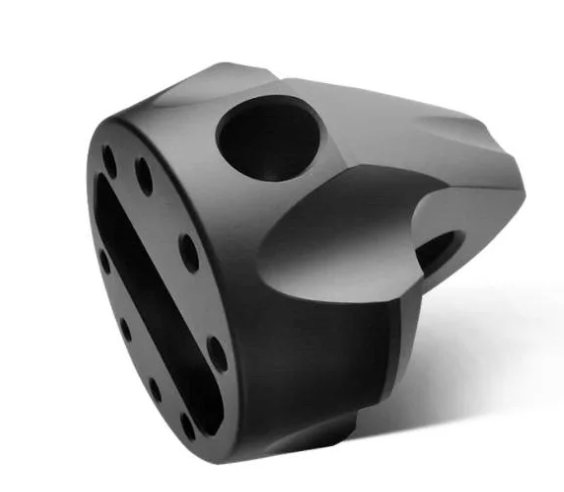
After quenching, the part is then polished to remove any roughness or irregularities on the surface. This polishing step is important because it removes any defects or deformations caused by the quenching process, ensuring a smooth and uniform surface.
The part is then quenched again in a salt bath, which helps to temper the compound layer and improve its mechanical properties. This final quenching step also provides additional corrosion resistance to the surface of the part.
The result of the QPQ process is a hard, wear-resistant surface on the CNC machined part, with excellent corrosion resistance and improved durability. QPQ is commonly used in high-performance applications such as firearms, automotive parts, and industrial equipment.
9. Gas nitriding
Gas nitriding is a surface treatment process used in CNC machined parts to increase surface hardness, wear resistance, and fatigue strength. The process involves exposing the part to a nitrogen-rich gas at high temperatures, causing nitrogen to diffuse into the surface of the part and form a hard nitride layer.
The gas nitriding process starts with cleaning the CNC machined part to remove any contaminants or impurities. The part is then placed in a furnace that is filled with a nitrogen-rich gas, typically ammonia or nitrogen, and heated to a temperature between 480-580°C. The part is held at this temperature for several hours, allowing the nitrogen to diffuse into the surface of the part and react with the material to form a hard nitride layer.
The thickness of the nitride layer can vary depending on the application and the composition of the material being treated. However, the nitride layer typically ranges from 0.1 to 0.5 mm in thickness.
The benefits of gas nitriding include improved surface hardness, wear resistance, and fatigue strength. It also increases the part's resistance to corrosion and high-temperature oxidation. The process is particularly useful for CNC machined parts that are subject to heavy wear and tear, such as gears, bearings, and other components that operate under high loads.
Gas nitriding is commonly used in the automotive, aerospace, and tooling industries. It is also used for a wide range of other applications, including cutting tools, injection molds, and medical devices.
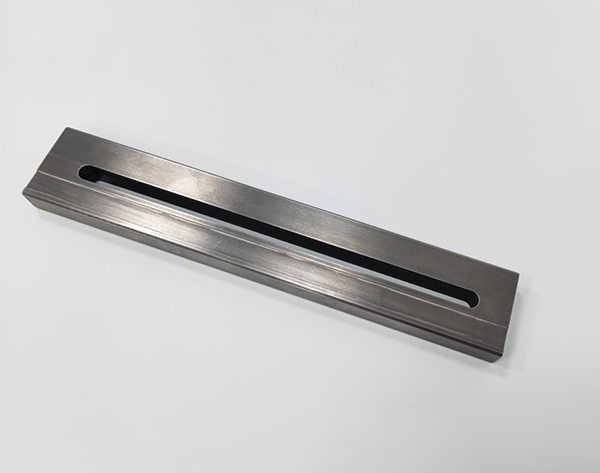
10. Nitrocarburizing
Nitrocarburizing is a surface treatment process used in CNC machined parts to increase surface hardness, wear resistance, and fatigue strength. The process involves exposing the part to a nitrogen and carbon-rich gas at high temperatures, causing nitrogen and carbon to diffuse into the surface of the part and form a hard nitrocarburized layer.
The nitrocarburizing process starts with cleaning the CNC machined part to remove any contaminants or impurities. The part is then placed in a furnace that is filled with a gas mixture of ammonia and hydrocarbon, typically propane or natural gas, and heated to a temperature between 520-580°C. The part is held at this temperature for several hours, allowing the nitrogen and carbon to diffuse into the surface of the part and react with the material to form a hard nitrocarburized layer.
The thickness of the nitrocarburized layer can vary depending on the application and the composition of the material being treated. However, the nitrocarburized layer typically ranges from 0.1 to 0.5 mm in thickness.
The benefits of nitrocarburizing include improved surface hardness, wear resistance, and fatigue strength. It also increases the part's resistance to corrosion and high-temperature oxidation. The process is particularly useful for CNC machined parts that are subject to heavy wear and tear, such as gears, bearings, and other components that operate under high loads.
Nitrocarburizing is commonly used in the automotive, aerospace, and tooling industries. It is also used for a wide range of other applications, including cutting tools, injection molds, and medical devices.
11. Heat Treatment
Heat treatment is a process that involves heating the steel part to a specific temperature and then cooling it in a controlled manner to enhance its properties, such as hardness or toughness. The process can involve annealing, quenching, tempering, or normalizing.
It's important to choose the right surface treatment for your CNC machined steel part based on the specific requirements and desired finish. A professional can help you select the best treatment for your application.

